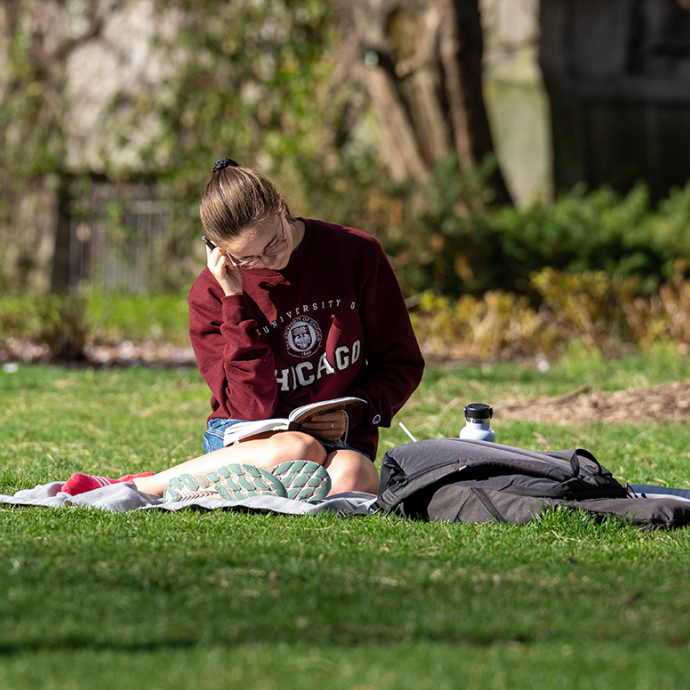Editor’s note: This story is part of ‘Meet a UChicagoan,’ a regular series focusing on the people who make UChicago a distinct intellectual community. Read about the others here.
Though Samira Ahmed may be long graduated from the University of Chicago, she’s still at home in the intellectual community of Hyde Park.
Whether beneath the sunlit dome of Mansueto Library or among the bustling clatter near the Seminary Co-op Bookstore, the novelist often can be found working on the South Side campus that first inspired her to be an author.
“UChicago was really the place I learned to write. This is where I learned how to create an argument and do research,” said Ahmed, AB’93, MAT’93, who lives in Hyde Park. “It was a very rigorous education, which is what I wanted, and our professors did a fantastic job of challenging us to have the ability and confidence to work on craft.”
After years teaching high school English and working in education nonprofits, Ahmed turned her career to writing Young Adult novels—a type of fiction aimed at teens and adults. In the past two years she has published two New York Times best-sellers: Love, Hate & Other Filters and Internment, and this spring, she will publish her third novel: An inspirational story that draws upon her UChicago bachelor’s thesis in English.
Years ago, Ahmed was in Paris when a painting stirred memories of her BA research on Romantic Orientalism and inspired the plot of her forthcoming novel, Mad, Bad & Dangerous to Know. Blending historical and contemporary Young Adult fiction, the novel follows Leila, a 19th-century Muslim woman who struggles with life in a harem; and Khayyam, a 17-year-old budding art historian who begins to piece together Leila’s story through the works of Alexandre Dumas, Eugène Delacroix and Lord Byron—Romantic figures Ahmed first studied at UChicago.
In the face of sexism and Islamophobia, Ahmed’s dual protagonists fight to write their own stories.
“A lot of the story is about upending Romantic Orientalism,” she said. “My thesis and the research I did as an undergraduate gave me a great lens into the novel, a conduit of sorts.”
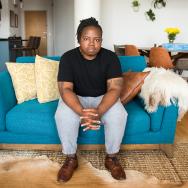
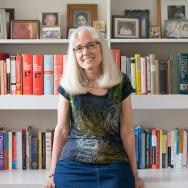

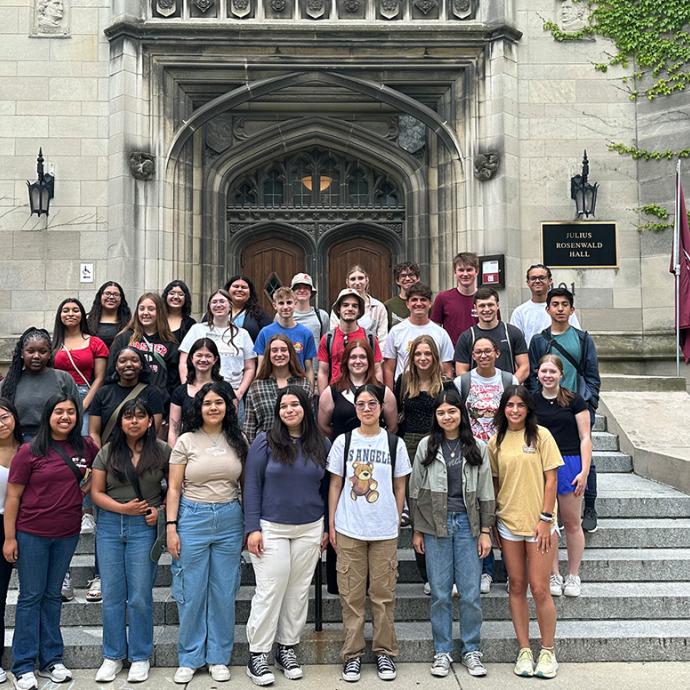
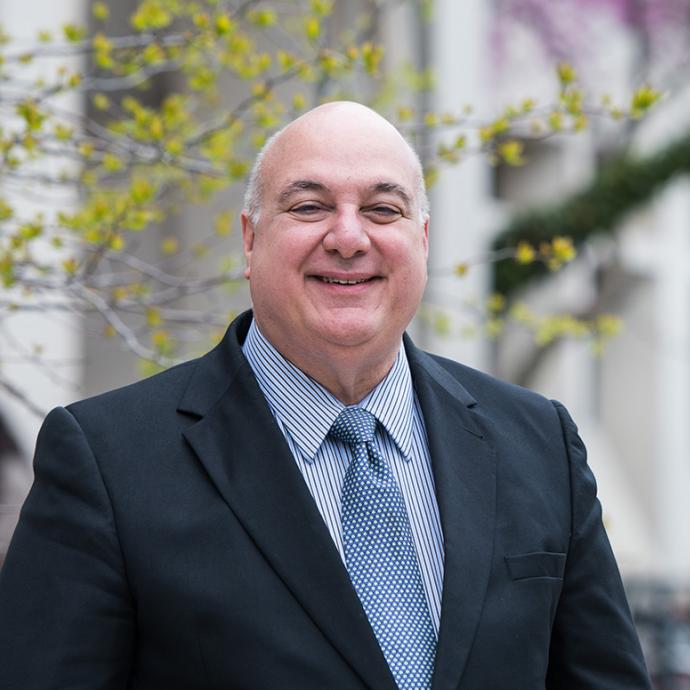

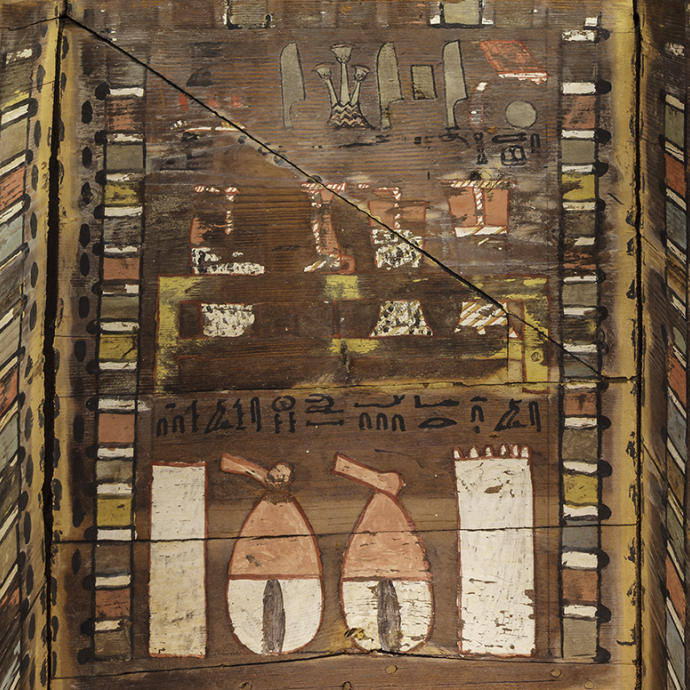
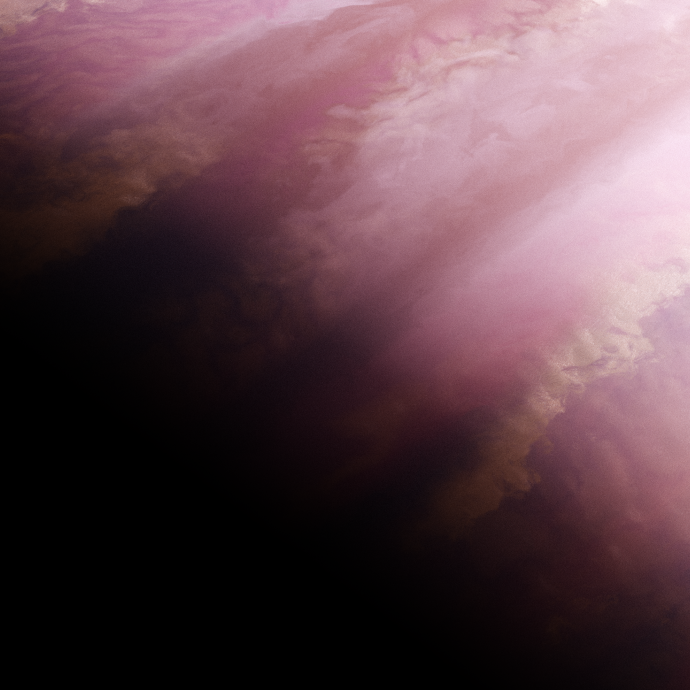
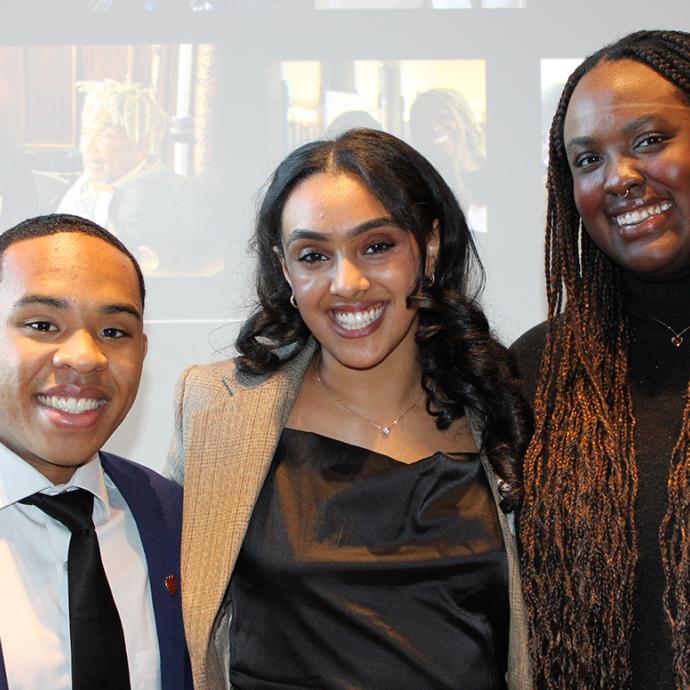

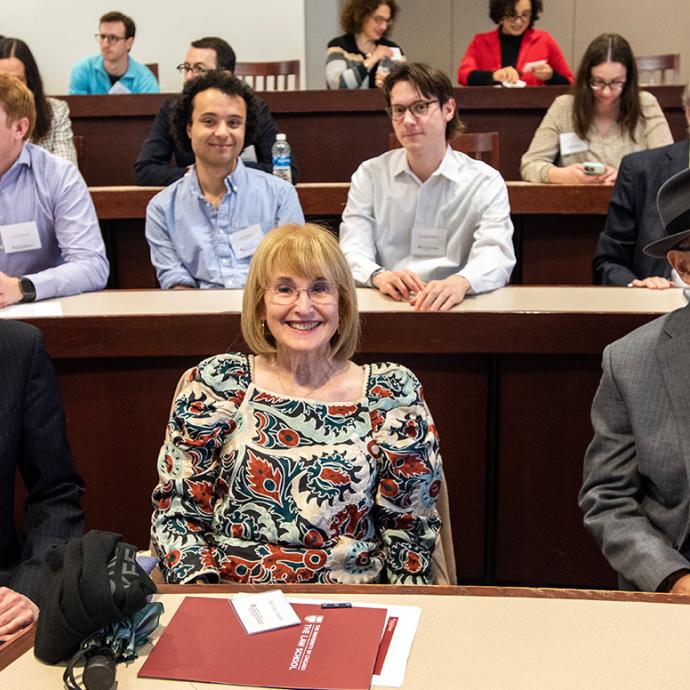
 —Prof. Chuan He
—Prof. Chuan He
